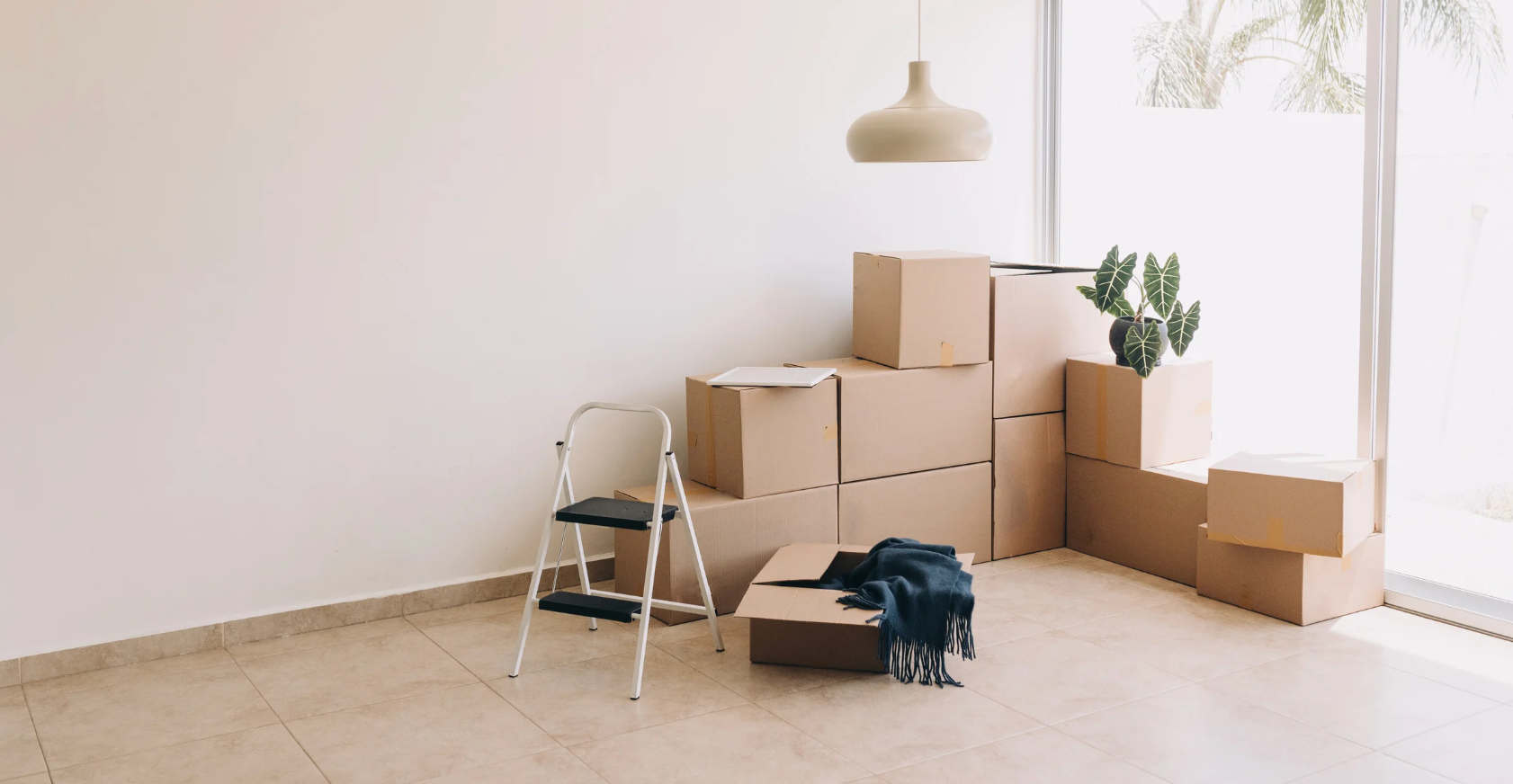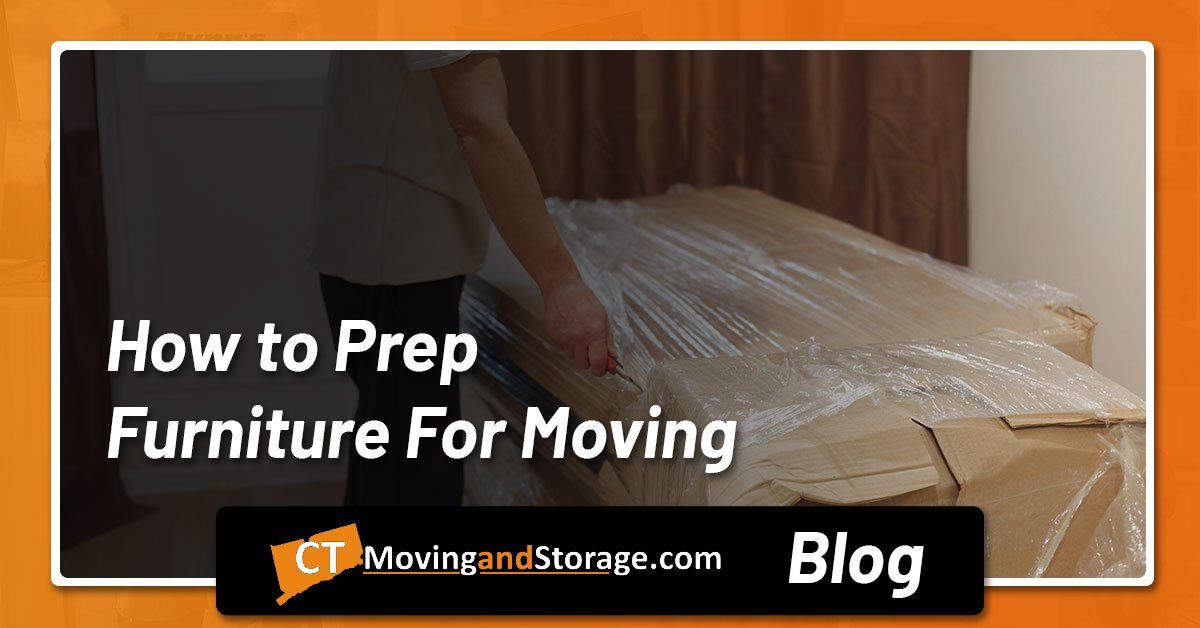Packing Electronics for a Move: Best Practices
Moving your household electronics can be tricky. These items are not only expensive but often hold sentimental value as they contain personal information and memories. At CT Moving and Storage, we understand the importance of your electronic devices, and we're here to help ensure they reach your new home safely. Here are our best practices for packing electronics for a move.
1. Original Packaging
The best way to pack any electronic device is in its original box with the original packing materials. These boxes are specifically designed to protect the item inside. If you no longer have the original packaging, aim for boxes that are a close fit to the size of your electronic device.
2. Backup Your Data
Before packing away your computers, smartphones, and tablets, make sure to backup all your data. Use cloud storage or an external hard drive to secure your documents, photos, and other important files. This step protects against data loss in case of damage during the move.
3. Remove Batteries and Cables
To prevent damage, remove batteries from devices to avoid leakage. Likewise, detach all cables, wires, and accessories. Wrap cables separately and label them, so you know which device they belong to, making reassembly easier at your new home.
4. Use Anti-Static Materials
Static electricity can damage electronics. When packing, avoid materials like regular bubble wrap or packing peanuts that can generate static. Instead, use anti-static bubble wrap or anti-static bags to wrap your devices.
5. Padding and Cushioning
Once your electronic is wrapped, place it in a box that has been lined with soft padding. Fill any gaps in the box with anti-static bubble wrap, foam, or other non-conductive materials to prevent movement. The padding will absorb any shocks or bumps during transit.
6. Label and Inventory
Label each box with “Fragile - Electronics” and the room destination to ensure careful handling. Keeping a detailed inventory of what each box contains will help with organizing and setting up at your new home.
7. Climate Considerations
If your electronics will be transported in a climate where temperatures can get extreme, consider using climate-controlled transportation. Extreme cold or heat can damage electronics irreversibly.
Contact CT Moving and Storage Today
Packing and moving electronics requires careful handling and attention to detail. Following these best practices will help ensure that your valuable devices are protected throughout your move. For professional assistance with packing and moving electronics, contact CT Moving and Storage. We’re here to help make your move as smooth and stress-free as possible.
You might also like








